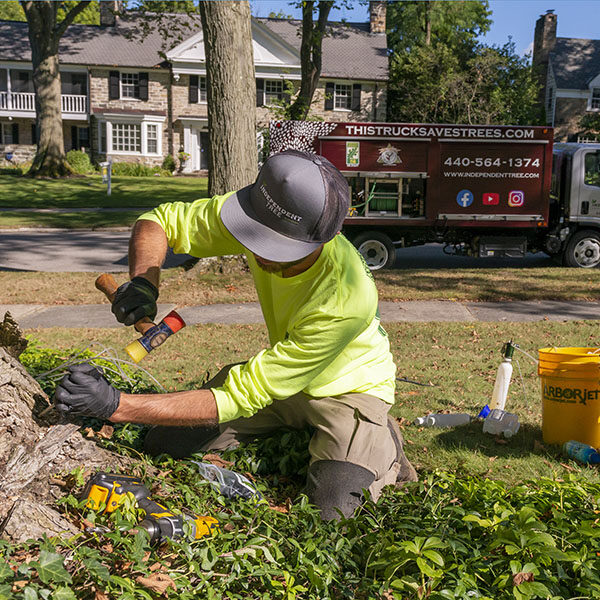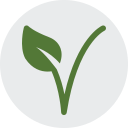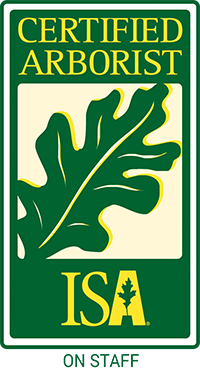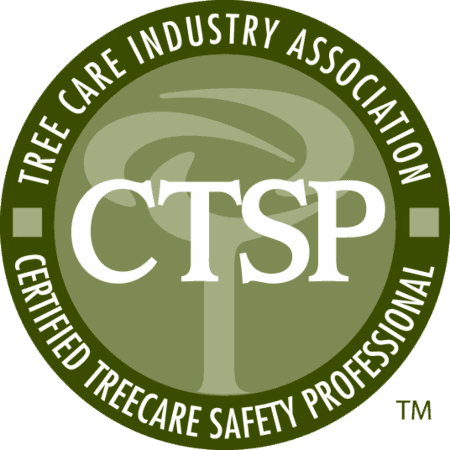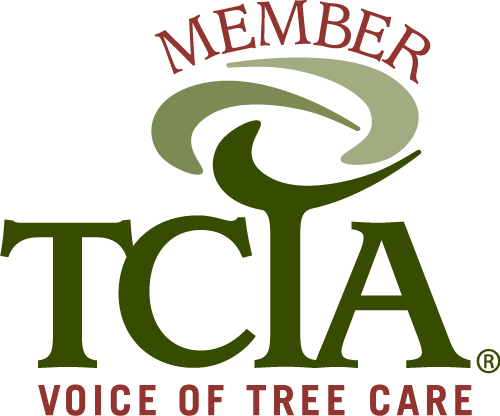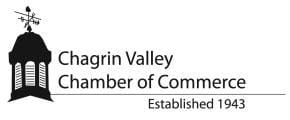Tree Disease & Insect Management
Prevention and control for insect pests and tree diseases. Organic treatment options, spray-free applications, and Integrated Plant Management.
Call us today at 440-564-1374!
What's Bugging Your Trees?
Insects, pests, and diseases can threaten the health and safety of your trees and landscape, as well as cause unsightly problems. But if you don't know exactly what's causing the problem, how can you solve it?
All of the problems above are symptoms of specific pest infestations or diseases. Many symptoms can look similar but the causes are very different. That's where a Certified Arborist comes in - we're trained and experienced in diagnosing problems and choosing the best treatment options.
Request an Inspection
Give us a call at 440-564-1374 or click below to set up a time for us to inspect your trees for a free estimate.
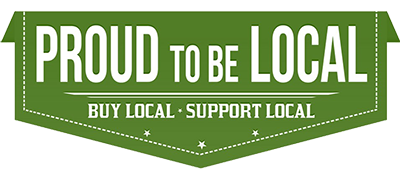
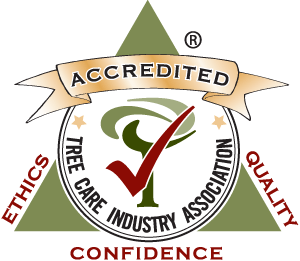
Tree Disease & Insect Treatment
Proper diagnosis is the key to effective treatment
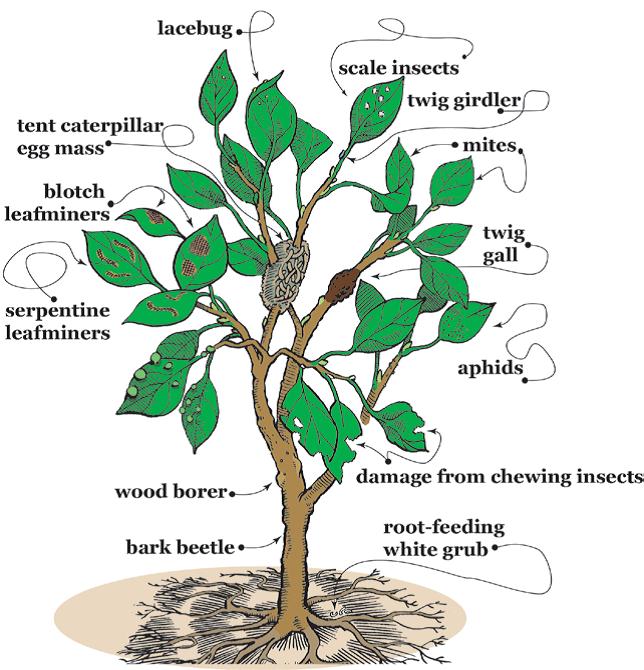
Sometimes the best treatment is to simply leave the tree alone. Other times it involves spraying or injecting the tree with low-impact chemicals, pruning out affected branches, or even removing the tree altogether.
Since appropriate treatment varies depending on the diagnosis, it's critical to be confident that you know exactly what the problem is before you start treating your trees.
Low-Impact Treatments!
Why choose a low-impact approach to plant health care?
Conventional pesticides and fertilizers cause a dependency cycle. The high levels of nitrogen in synthetic fertilizers cause pest populations to spike, which creates the need for more synthetic pesticides to reduce that pest pressure.
We take a ground-up approach at Independent Tree. We start by creating healthy soils that help support trees' and shrubs' natural defenses to control pests.
3-step organic insect control program
This program allows us to monitor your trees and shrubs and apply low-impact insecticides as needed before they become detrimental to your plants.
Benefits of Low-Impact Pest & Disease Control
Oak Wilt & Dutch Elm Disease Prevention
Oak Wilt is a deadly fungal disease that has put all oak trees in northeast Ohio at risk. Once infected, there’s no known cure for Oak Wilt – so prevention is the best option for saving your oak trees.
Emerald Ash Borer Treatment
Early prevention and treatment are key to keeping your ash trees safe from Emerald Ash Borer. Learn the facts and see how we can help with safe, effective treatment.
Horticultural Oil Treatments
One of the easiest and most effective ways to protect your landscape from insect damage is with a light application of dormant or horticultural oil. Apply it in spring as pests are emerging from winter dormancy but before bud break.
Fungicide applications
Fungal diseases can spread quickly. Pre-emptive foliar treatments in early spring can prevent the production and spread of fungal spores, although they cannot "cure" the disease. Fungicides are applied only until about late May; treatments after that time can cause leaf scorch and are unlikely to be effective.
Treatment timing
** Timing is approximate
The schedule below is an "educated guess". The exact timing for treatments depends on a wide range of factors, including growing degree days, weather conditions, types of plants, and more. The timing window can vary by 3 weeks or more from year to year. So if you're on one of our Plant Health Care plans, don't worry if you don't see us at the same time as last year. We keep a close eye on conditions so we can apply treatments at the right time to ensure that they're as effective as possible.
March through May / June
- Spring fertilization for trees and shrubs
- Spring insecticide treatment for aphids, Eastern spruce gall, wooly beech aphids, soft scales, bronze birch borers, and more
- Spring fungicide treatment for fireblight on pears, apples, and crabapples
- Horticultural oil treatment for overwintering pests and their eggs on a wide range of evergreens and ornamental shrubs, such as arborvitae, azalea, boxwood, rhododendron, yew, burning bush, mugo pine, juniper, pine, spruce, hemlock, dogwood, crabapple, lilac, roses, pieris, and more
- Decay management inspections and treatment
Mid-April through Mid-July
- Ongoing disease management treatments for apple scab, anthracnose, powdery mildew, rust, and other fungal diseases on crab apples, lilacs, hawthorns, dogwoods, lilacs, cherries, magnolias, and more
Late May through July
- Ongoing pest management treatments for pests such as leaf miners, lace bugs, viburnum leaf beetle, bagworms, spider mites, scale, aphids, Japanese beetles, and more (treatments can extend into August as needed)
- 2-part treatment (3 weeks apart) for rhizosphaera needle cast on spruce and pine
May through September
- Treatment for tree-killing pests and diseases, including Emerald Ash Borer, Dutch Elm Disease, and Oak Wilt (every 3 years)
- Treatment for sycamore anthracnose
September through November
- Fall fertilization for trees and shrubs that weren’t fertilized in spring
- Fall insecticide treatment for aphids, Eastern spruce gall, wooly beech aphids, soft scales, bronze birch borers
- Fall fungicide treatment for fireblight on pears, apples, and crabapples
- Fall treatment for white pine weevil
- Decay management inspections and treatment
October through November
Winter protection for broadleaf evergreens and evergreens susceptible to salt damage, such as arborvitae, azalea, boxwood, rhododendron, yews, juniper, holly, and pieris
Keep Your Trees Healthy with a PHC Program
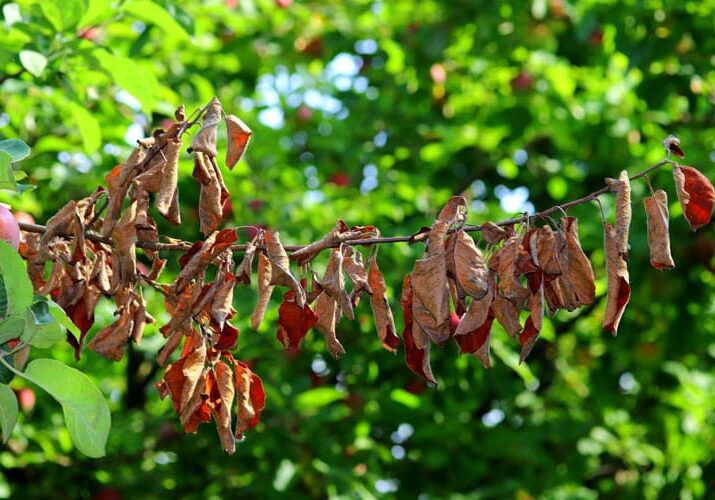
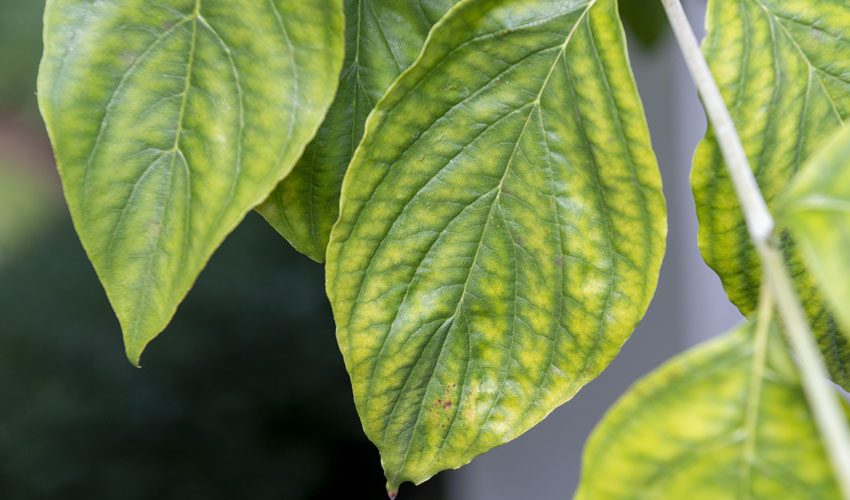
WHAT IS "PLANT HEALTH CARE"?
Plant Health Care (PHC) is the next step in the care of your landscape beyond pruning and general maintenance.
Instead of waiting for something to go wrong with your landscape (think pests, diseases, storms, and adverse weather conditions), a PHC program focuses on preventing issues from arising in the first place.
We offer a customized Plant Health Care Program to keep your trees healthy. One of our specialists will regularly and closely monitor your landscape for any signs of pests or disease so we can take immediate action if anything happens.
While we can't prevent all outcomes, we CAN maintain and improve your landscape's health, appearance, vitality and safety.
How Our PHC Program Works
Site Visit
When you enroll in our PHC program, a Certified Arborist/Plant Health Care (PHC) Specialist will visit your property and meet with you to discuss the program. They'll do a thorough inspection of the trees and plants around your home to evaluate their health and make sure that they're not suffering from an insect infestation or disease. Your PHC Specialist will also examine soil conditions and the environment around your landscape to see how it may impact the health and longevity of your trees and landscape plants.
During the initial visit, as well as any time we visit, we take the time to address any questions that you have or any concerns you have about your yard. You can also call us at any time with questions or concerns!
The more we can learn from you about your property and how you want it to look, the better able we are to prescribe a program that will keep it healthy.
That program may include fertilizing, spraying, pruning, or shaping the trees around your home. If any of your trees have a pest or disease problem, your PHC Specialist will recommend treatments to deal with these issues.
We will also be quick to address any hazardous branches or trees that have the potential to fall on or near your home. These will be removed and taken off of your property to eliminate any safety concerns you may have about them.
Regular Monitoring
To be effective, a Plant Health Care Program requires regular monitoring of the trees and plants, soil conditions, and environment around your landscape. Over the course of those visits, your PHC Specialist will develop an in-depth understanding of your property, including potential threats to your trees and shrubs.
During each visit, your PHC Specialist will be looking for signs and symptoms of insect infestations, plant diseases, and soil issues (such as nutrient imbalances) that can affect your trees and shrubs. If they notice anything of concern, they'll carefully take note of it and decide whether or not the issue warrants some kind of treatment (sometimes it's best to take a "wait and see" approach, other times the issue will likely resolve on its own).
Treatments Only When Needed
Regular site visits to examine your property allow us to use preventive treatments to head off problems before they become a major issue. In contrast, many companies simply spray pesticides and other chemicals on a set schedule, regardless of whether or not a pest or disease is present.
We prefer to use spot treatments whenever possible (rather than widescale spraying). We also use highly effective organic treatments whenever one is available.
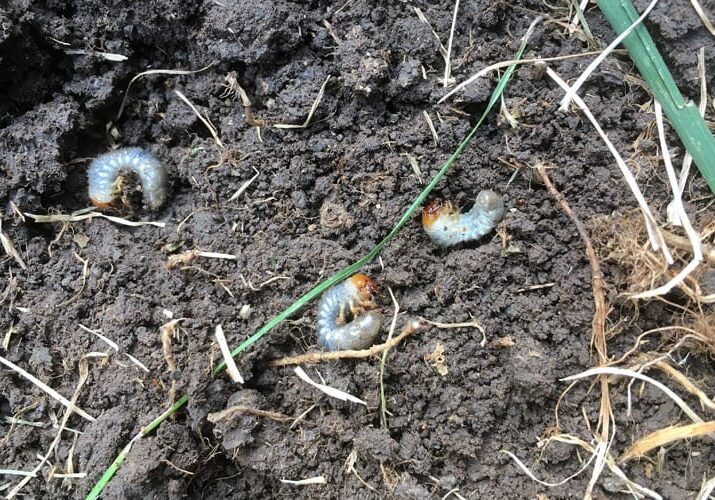
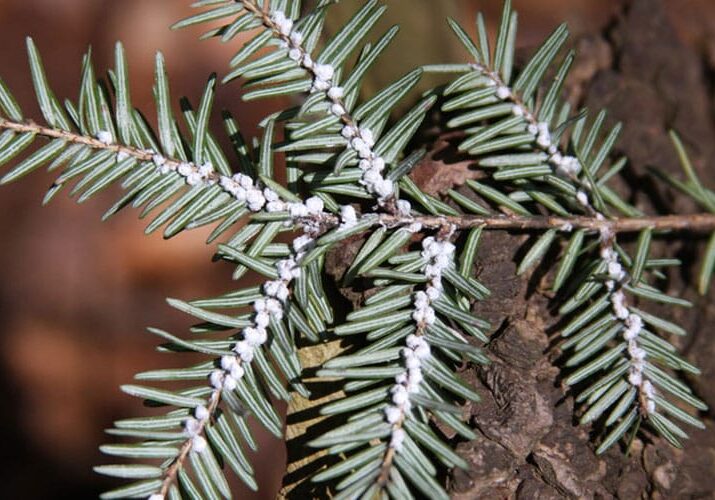
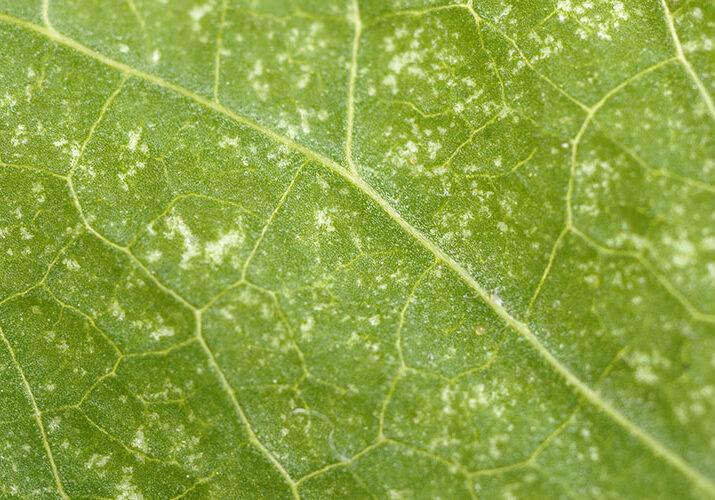
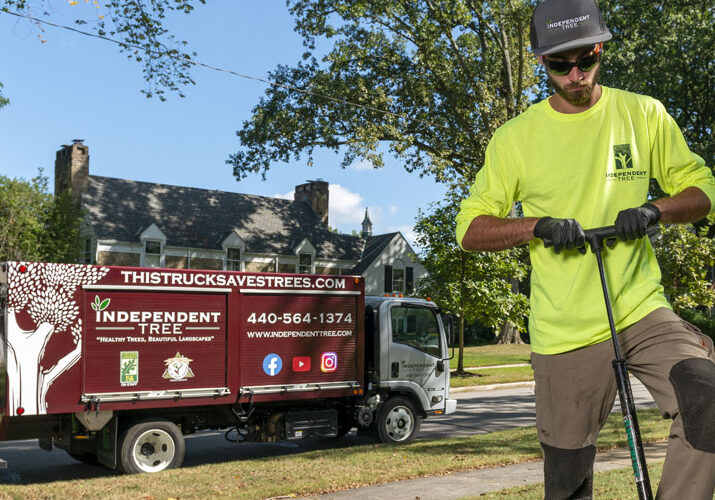
Call us at 440-564-1374
We're happy to take a look at your trees to diagnose any health issues and recommend appropriate treatment.
